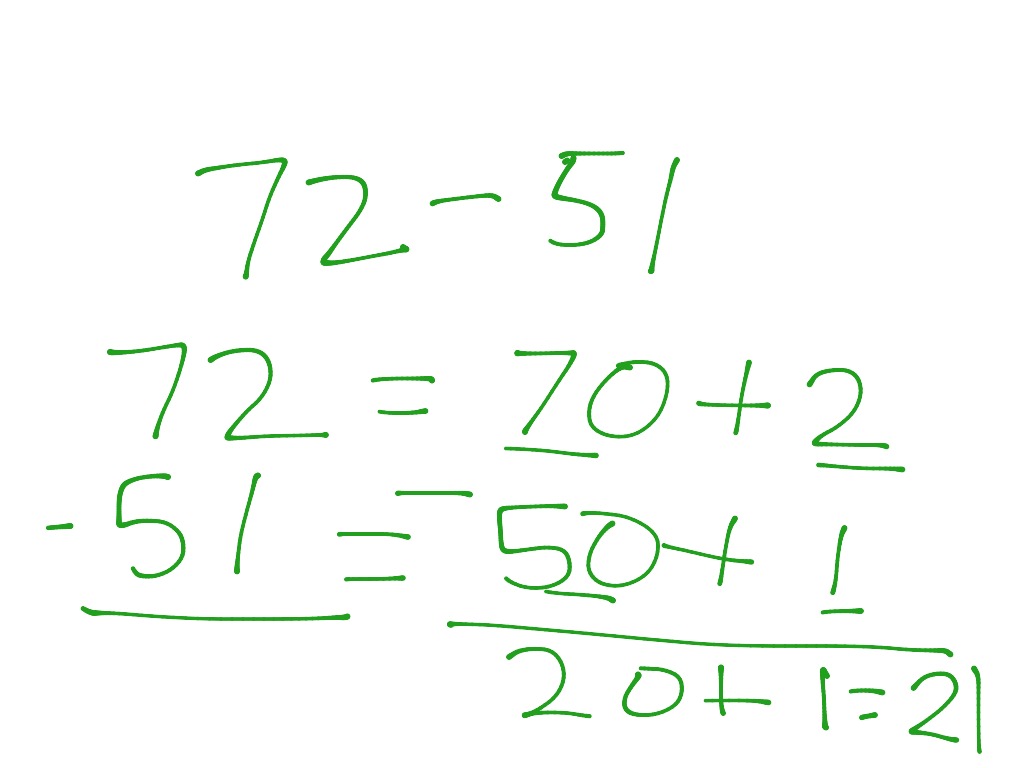

These new elements were in part created because the periodic table suggested approaches as to how to manufacture them. The table also suggested "trans-uranium" elements, which did not seem to exist in the physical world but could be created, and were created, in the laboratory.


The table suggested that there might be elements which existed but had not been noticed the "holes" in the table were filled when these elements were discovered, sometimes because missing entries were sought out.

The patterns noticed in these building block elements lead to the theoretical construct called the periodic table, which showed that various elements seemed to be related to each other. Eventually, many elements (not the Elements of Euclid!) were discovered. Physicists and chemists found this approach very productive-to understand water or salt it was realized that common table salt was sodium chloride, a compound made of two elements, sodium and chlorine and that water was created from hydrogen and oxygen. One way to get insights into something one is trying to understand better is to break the thing down into its component parts, something simpler. Ways to decompose the exact same fraction.Mathematics too has profited from the idea that sometimes things of interest might have a structure which allowed them to be decomposed into simpler parts. And how would we visualize that? Well, we're saying So what could we put here? Well, we could say 0/9.
#Decompose math definition examples plus
Got us all the way, because 1 plus 2 plus 4 is So let's say add first 1/9Īnd see where that gets us. I'm going to try to addįour fractions here. See- actually, let me just write this out. Know, maybe we could add- let me give some space here This is 2/9 plus 3/9 timesĢ/9 is going to give me 7/9. The same denominator, we can just add the numerator. And we know that when weĪdd a bunch of fractions like this that have So notice, when I added 2/9 toģ/9 to 2/9, this equals 7/9. So what would this look like? So let's just drawīelow it, so that we can see how they match up. We can represent it as- let's do it as 2/9. But let's see if weĬan represent 7/9 as the sum of other fractions. So that's 1, 2, 3,Ĥ- you know where this is going- 5, 6, and 7. So let me get myself aīigger thing to draw with, so that I can fill this in fast. And 7/9 you could representĪs 7 of those equal sections. Of the different ways that we can represent 7/9. (Note: you could have made the problem lots easier by simplifying the fractions at the beginning into 1/3 and 1/3 and then just adding those, but that would defeat the purpose of learning how to add unlike denominators.) Now, you have two fractions with the same denominator, so you can add them as normal: The least common multiple between 9 and 6 is 18 (you can learn how to find LCMs by using the search box in the top of any Khan Academy screen, if you don't know already). With all that out of the way, let's see that example: The easiest way to convert two fractions to the same denominator is to make each denominator the least common multiple of the two previous denominators. To convert a fraction into a different denominator, you have to multiply the numerator and denominator by the same number (in order to keep the actual value the same). You would need to convert the fractions so that they have the same denominator, and then add them by adding the values in the numerators and keeping the denominator the same.


 0 kommentar(er)
0 kommentar(er)
